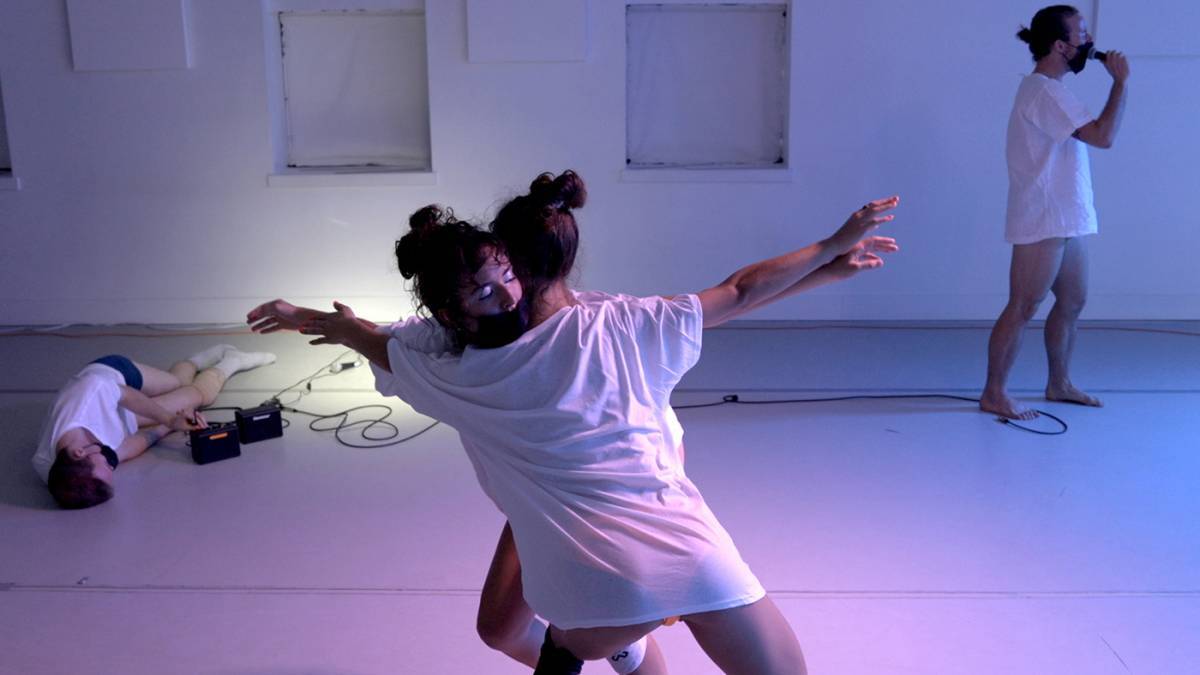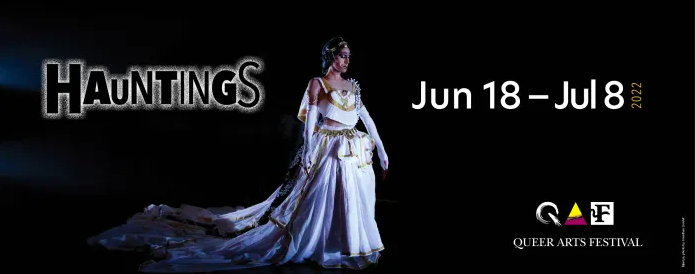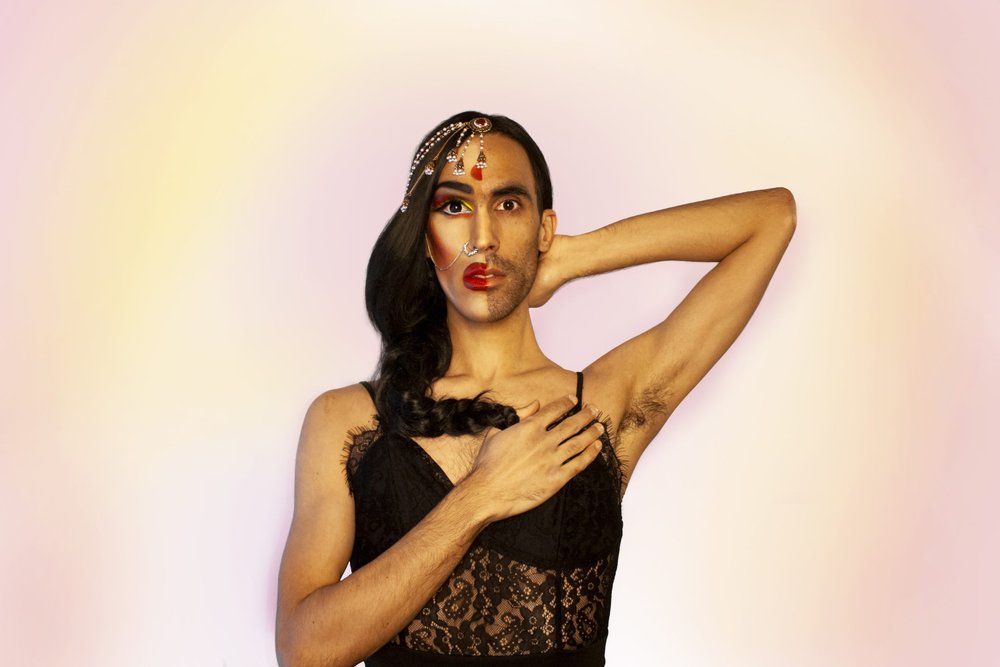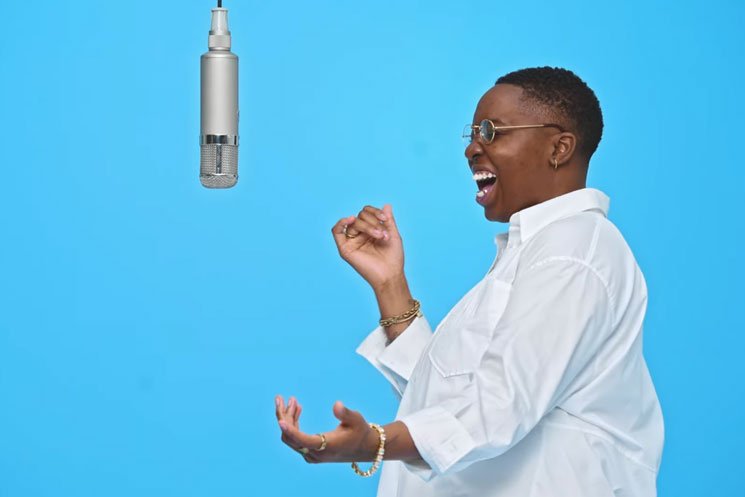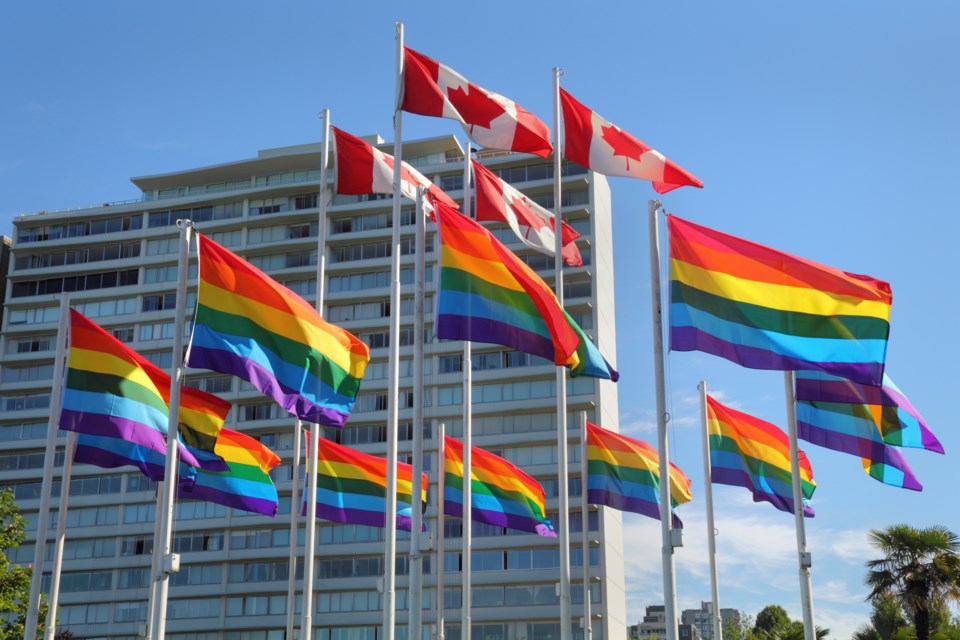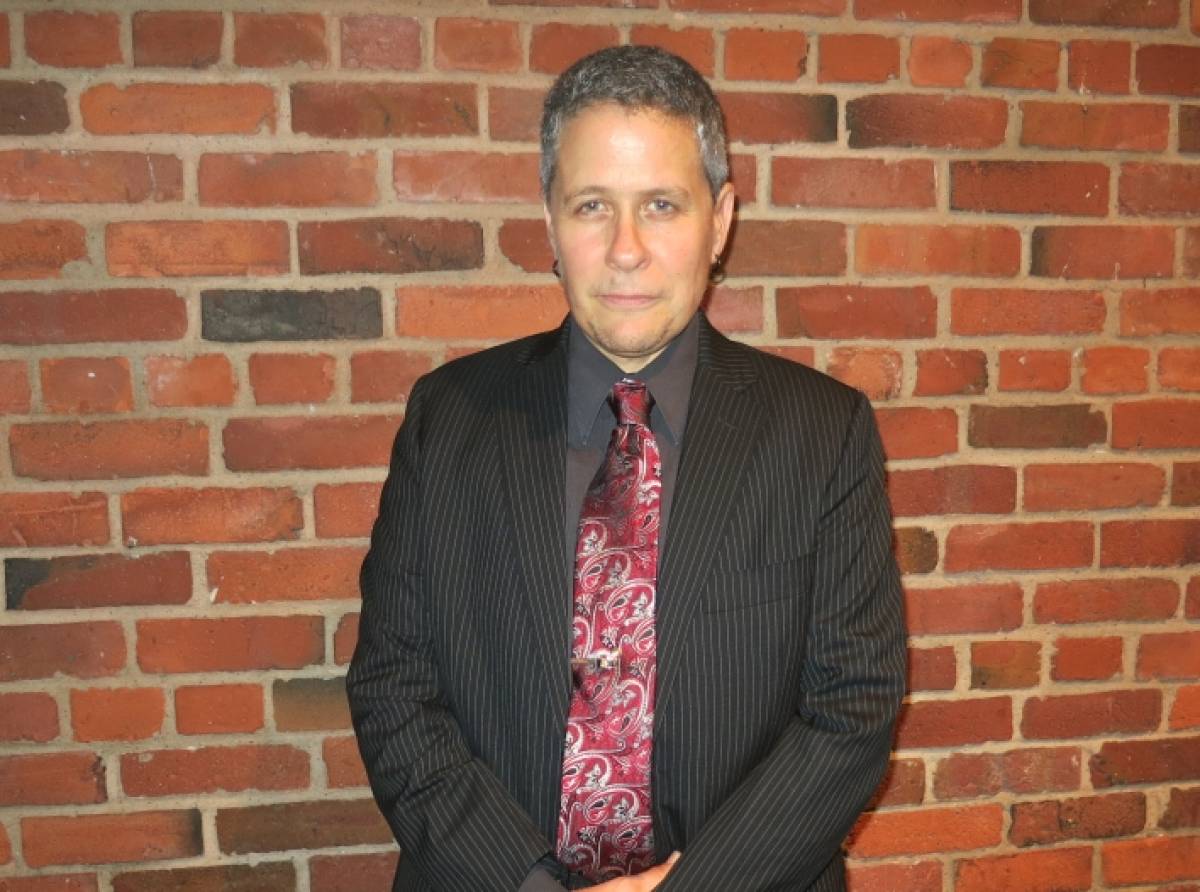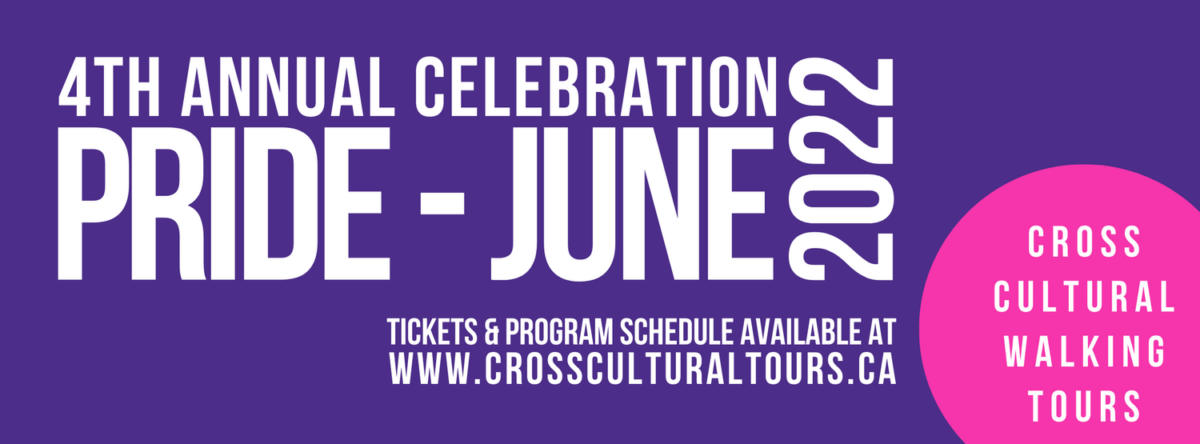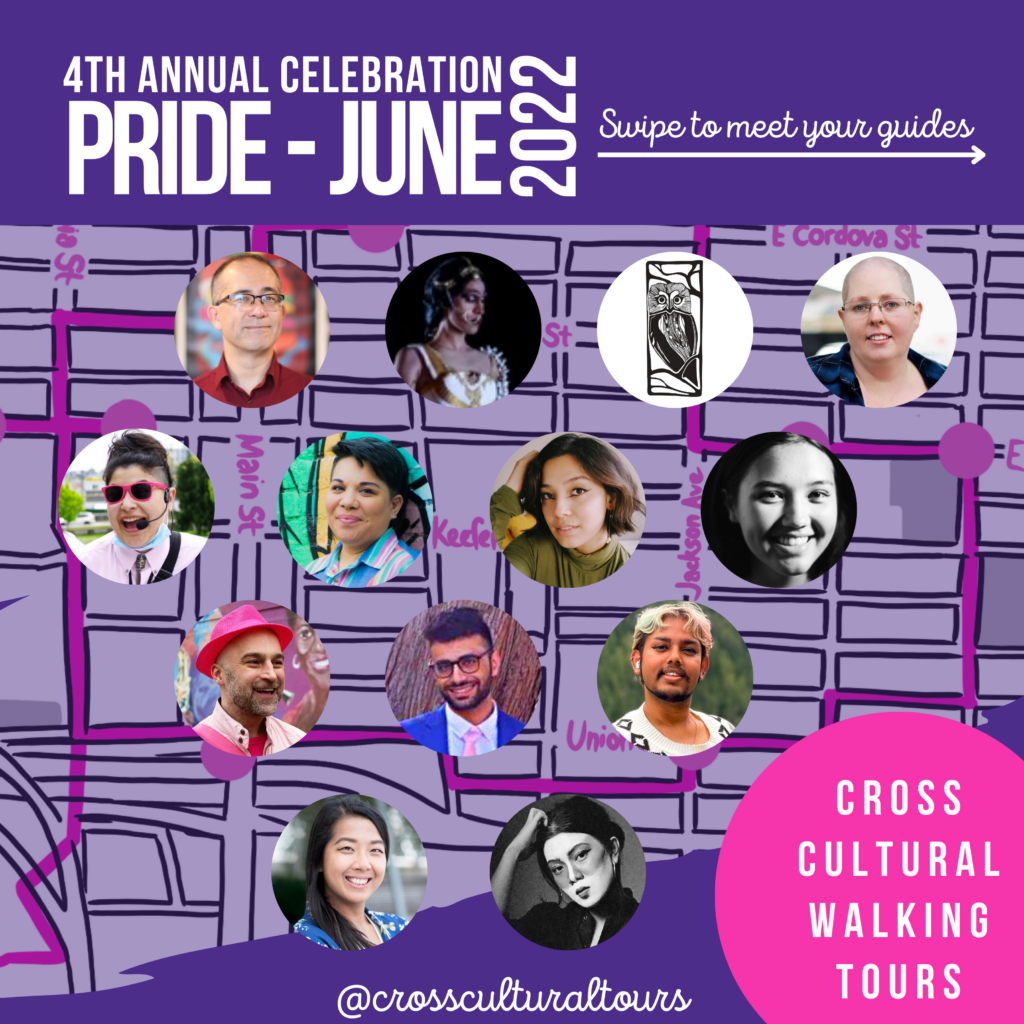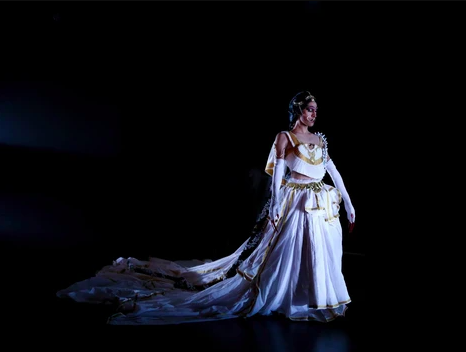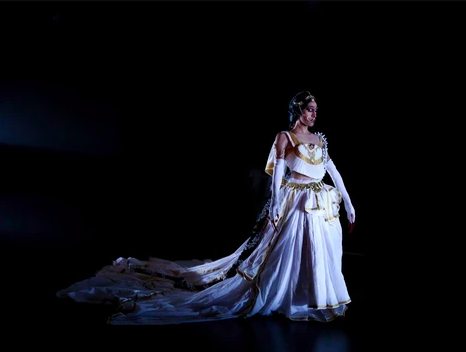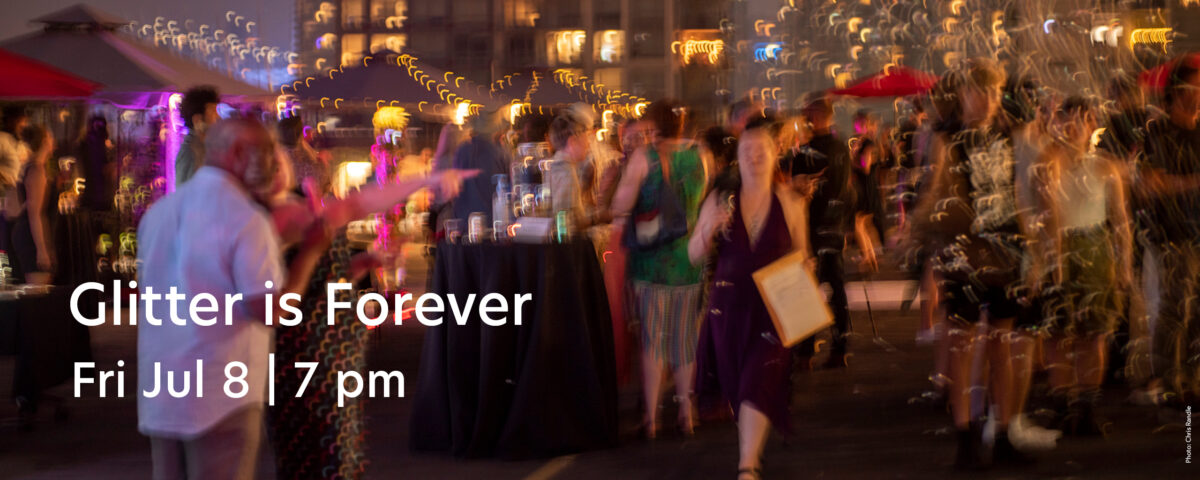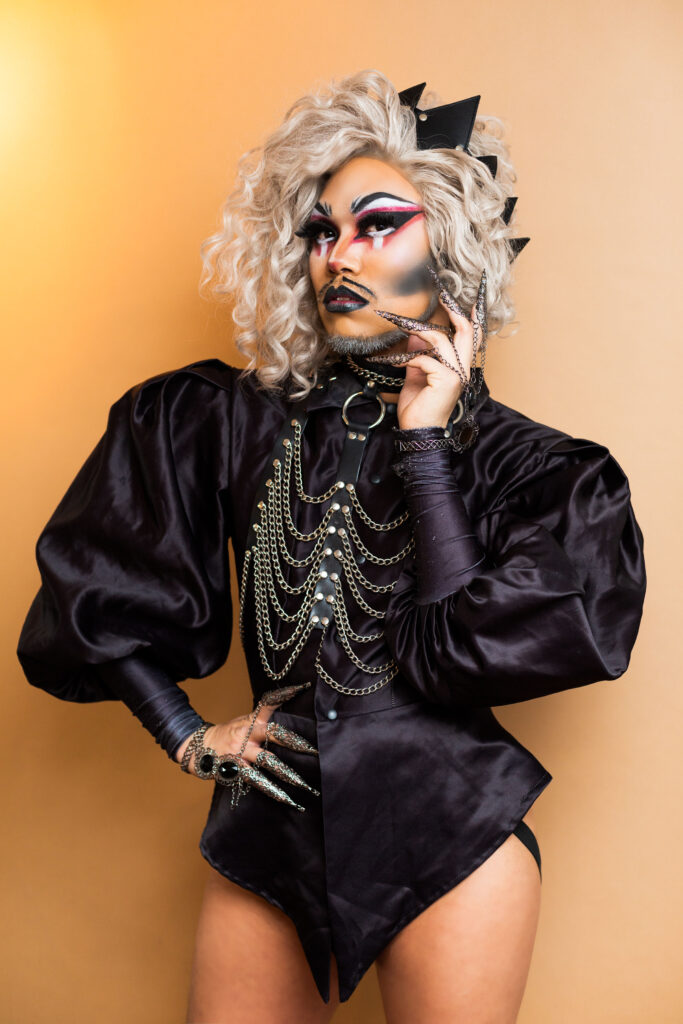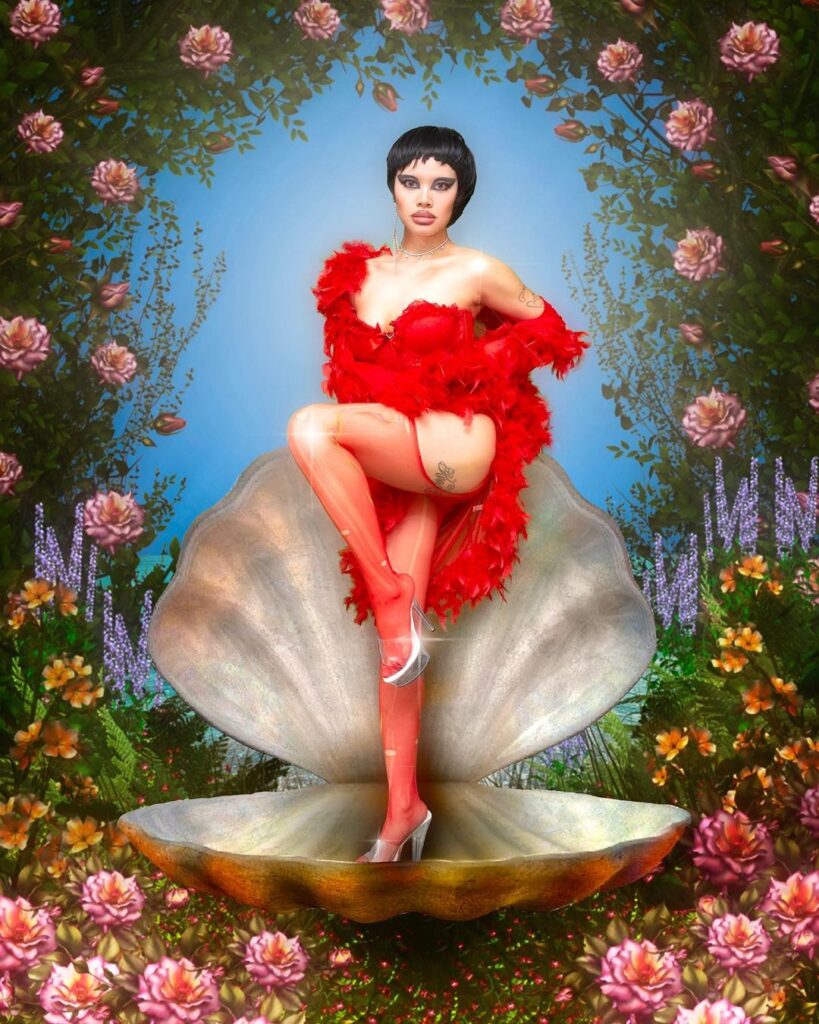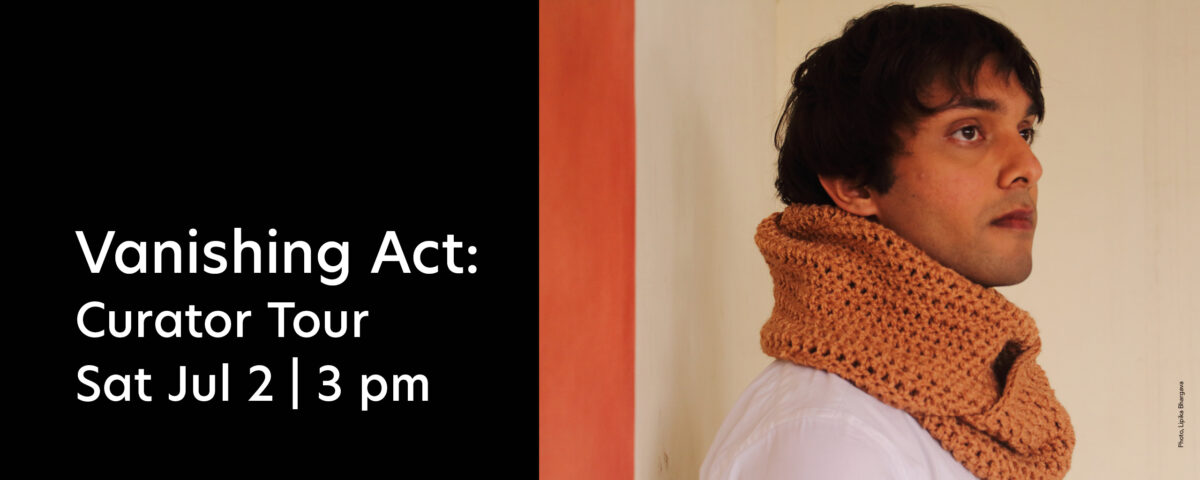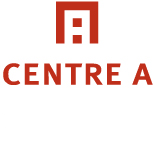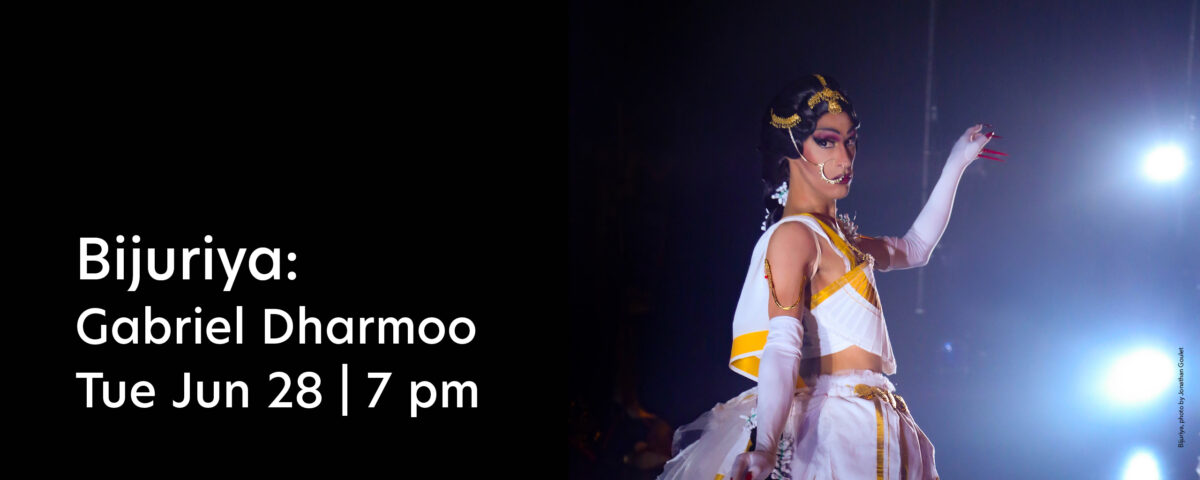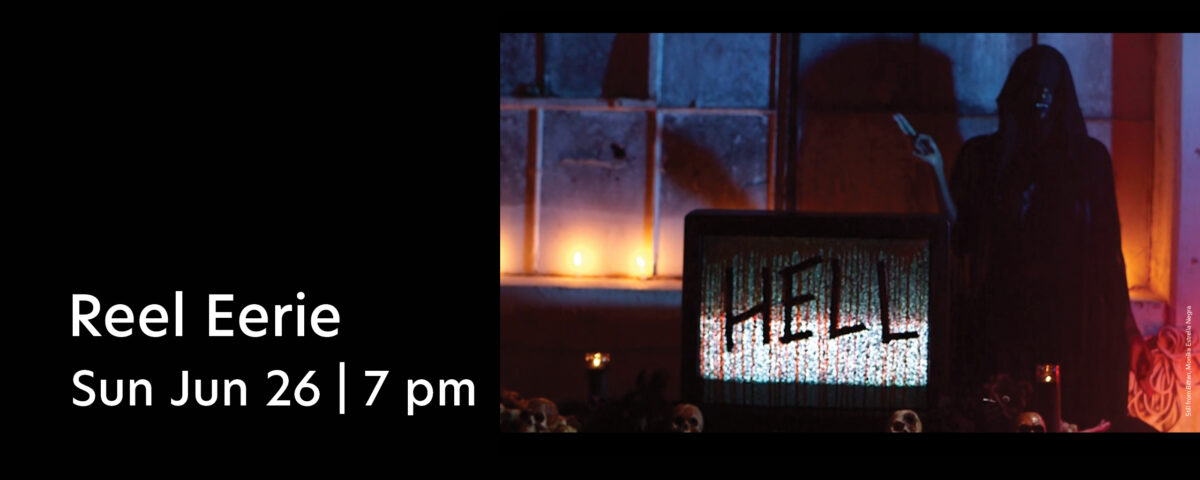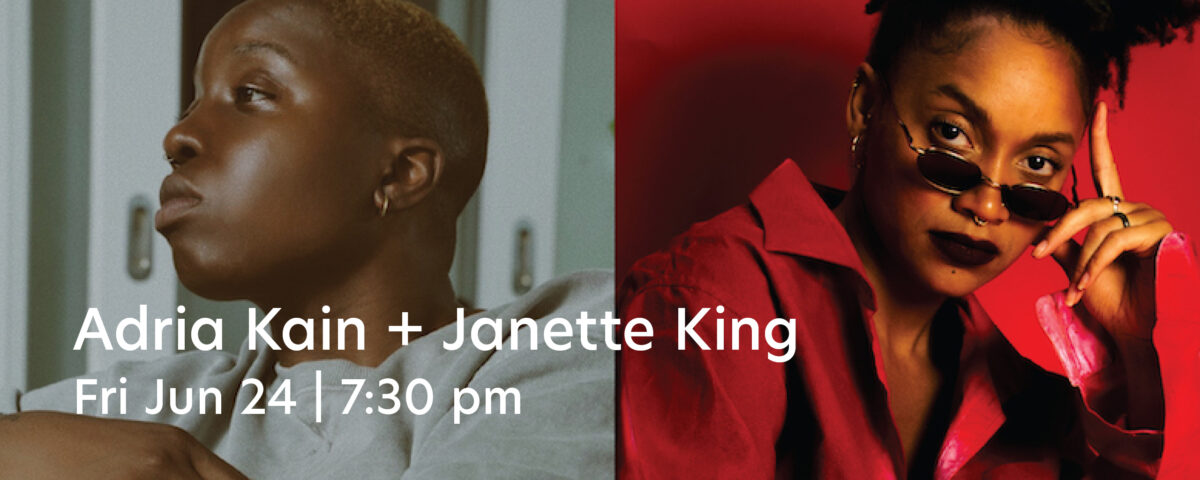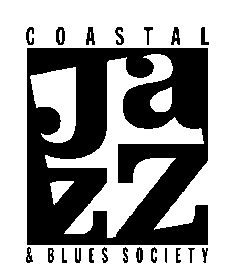By Steve Newton, Georgia Straight
THE IMITATION GAME: VISUAL CULTURE IN THE AGE OF ARTIFICIAL INTELLIGENCE Exhibition surveys the extraordinary uses (and abuses) of AI in the production of modern and contemporary visual culture around the world. To Oct 23, Vancouver Art Gallery.
KINKY BOOTS Tony Award–winning musical that celebrates compassion and acceptance. To Jul 31, Stanley Industrial Alliance Stage. From $43.
XICANX: DREAMERS + CHANGEMAKERS / SOÑADORES + CREADORES DEL CAMBIO Exhibition showcases, for the first time in Canada, the rich traditions of 33 Xicanx artists. To Jan 1, Museum of Anthropology at UBC.
BEADED NOSTALGIA Exhibition exploring the use of contemporary beadwork as a way of honouring the past. To Oct 23, Bill Reid Gallery of Northwest Coast Art.
GHOSTS OF THE MACHINE An exhibition about humans, technology, and ecology, curated by Elliott Ramsey. To Aug 14, Polygon Gallery. By donation.
YEOMANS TRILOGY: ENDURING SPIRITS EXHIBITION Multi-media collection of works by Haida artist Don Yeomans, wife Trace (Haida + Ukrainian), and their son Kyran. To Jul 15, Coastal Peoples Gallery. Free.
WE WERE SO FAR AWAY: THE INUIT EXPERIENCE OF RESIDENTIAL SCHOOLS Travelling exhibition uses first-person narratives and archival images to tell stories of the Inuit residential school experience. To Nov 27, Vancouver Maritime Museum. $13.50 adult/$11 senior.
TAPESTRY OF CHANGE: INUIT ART IN CONTEXT An exhibition of Inuit textiles, prints, and flat artwork from the collections. To Oct 2, Vancouver Maritime Museum. $13.50 adults/$11 seniors.
COMMON GROUND EXHIBITION Artists Sara-Jeanne Bourget, Robin Gleason, and Mark Johnsen explore the built-up boundary between body and earth in the urban environment. To Jul 30, Cityscape Community Art Space. Free.
THEATRESPORTS Two teams of improv comedians compete for the laughs and support of audience judges. To Aug 27, The Improv Centre. $24.50-$31.50.
UNINVITED: CANADIAN WOMEN ARTISTS IN THE MODERN MOMENT Major exhibition gathering more than 200 works of art by a generation of painters, photographers, weavers, bead workers, and sculptors. To Jan 8, Vancouver Art Gallery.
TRUE TO PLACE: STÍMETSTEXW TEL XÉLTEL Exhibition curated by artist and muralist Xémontalót Carrielynn Victor (Stó:lō) examines the artistic practice of 10 Northwest Coast Indigenous artists. To Mar 19, Bill Reid Gallery of Northwest Coast Art.
LOVE YOUR MOTHER: JENNIE THWING Jennie Thwing uses animation, sculpture and installation to create imaginary narratives that reference the confusing world we live in. To Jul 21, Port Moody Arts Centre. Free.
START SOMEWHERE ELSE: WORKS FROM THE COLLECTION Collection exhibition centring around Krista Belle Stewart‘s video installation Seraphine, Seraphine also includes works by Rebecca Belmore, Brian Jungen, and Lawrence Paul Yuxweluptun. To Aug 14, Morris and Helen Belkin Art Gallery.
QUEER ARTS FESTIVAL 2022: HAUNTINGS Three weeks of dynamic performance, music, theatre and literary events. To Jul 8, various Vancouver venues. Free-$30, festival passes $69.
